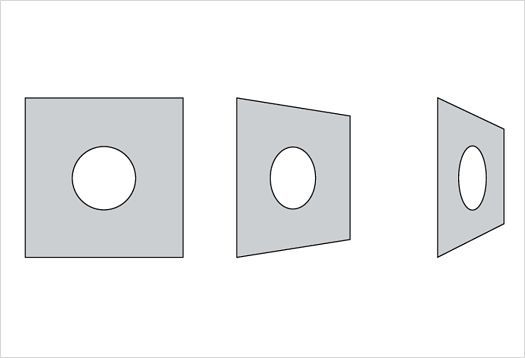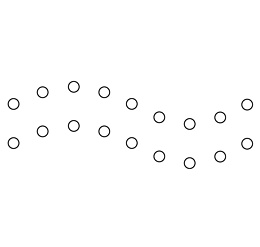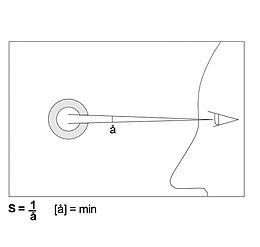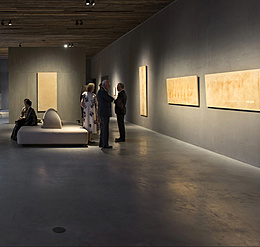
Constancy phenomena are processes of correction in vision and an essential precondition for constructing an orderly image of reality. Constancy in this sense is the ability to recognise constant objects, even when their size, shape, reflectivity and colour or the surroundings change. These include, among other factors, changes in distance, spatial position or lighting.














